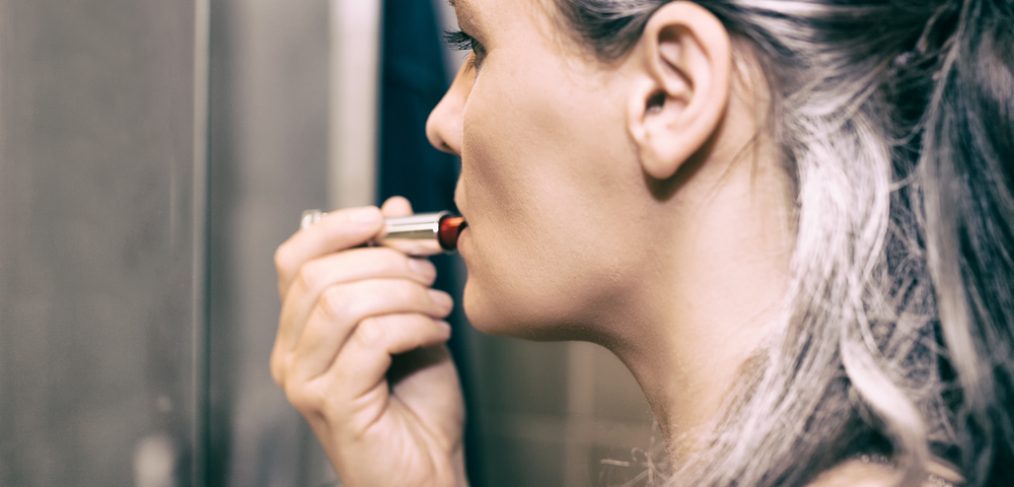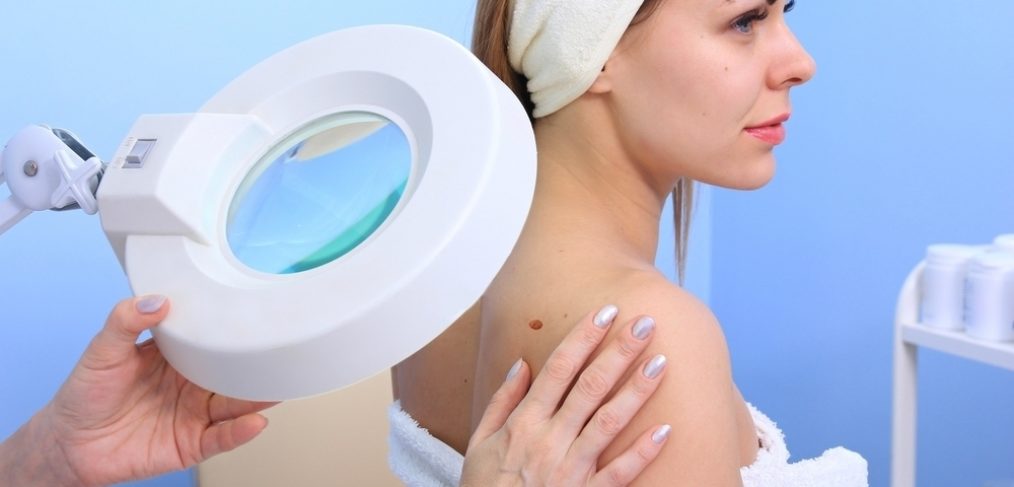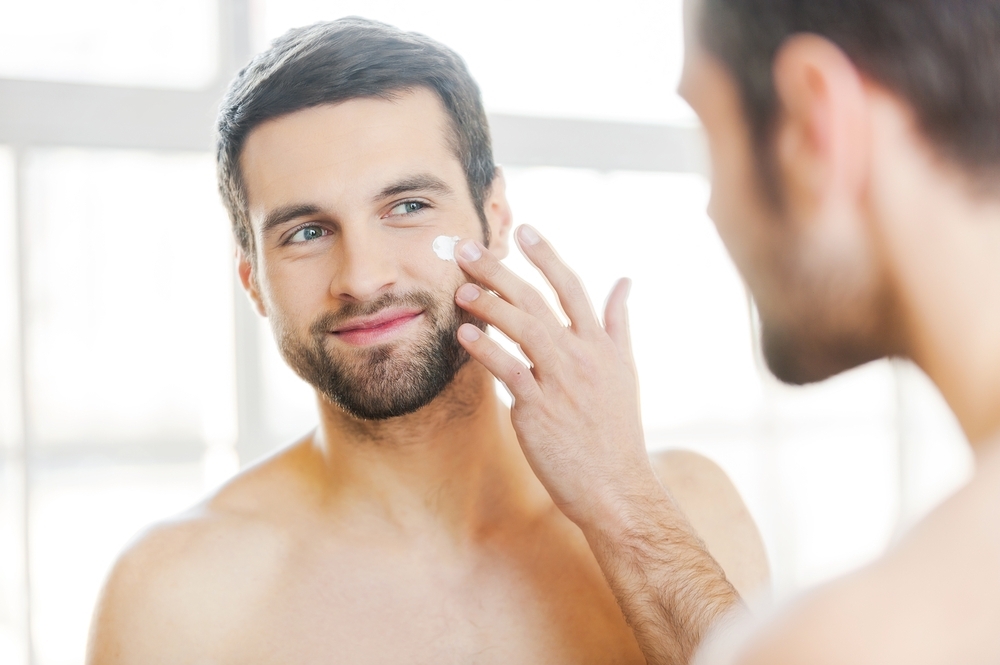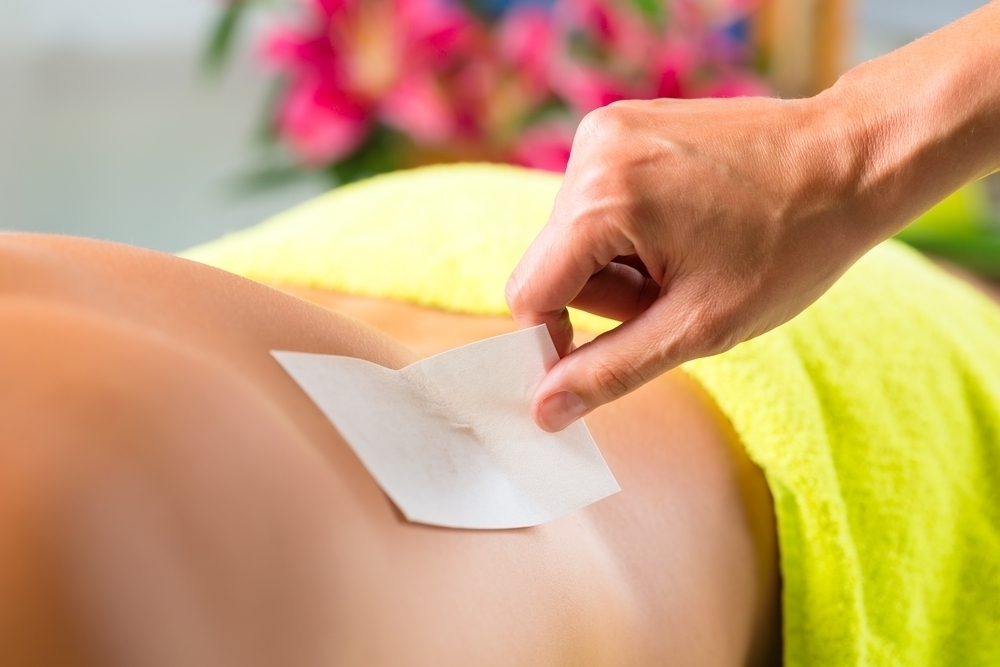You’ve got a significant other with significant needs, kids with busier schedules than most adults, a boss who has you on speed dial, and a mother who’s always, well being a mother. Sometimes you need to look out for number one. After all, when it comes to your health, no one’s going to be able to function if you can’t. If your hectic life has you too busy to see a doctor, you need to take matters into your own hands, Here are a few diagnostic tests that can help you make sure you can your machine running clean so you can make sure everyone else’s is.
Eye Check
When your checking your eyes, you want to see firm clear eyes with even lashes looking back at you. If you see redness or irritation on the surface of your inner eyelid, it could be Ectropion, which is an age related condition causing drooping of the lower lids and exposure of the inner eye. Ectropion can lead to damage of the cornea and should be treated.
Bumps on the eyelid and missing lashes could be cancerous. Look out for bumps that increase in size and grow thicker and darker.
Skin Check
Check your skin by running your fingertips and eyes over your skin, and have a family member check your back. Look for an even texture over individual body parts and consistency in skin’s appearance. If you see a new mole, or one that has changed color of shape, take note. Asymmetrical growths, growths with uneven coloring and borders, or growths larger than a pencil eraser should be examined for melanoma.
Small sandpapery patches of skin could indicate actinic keratosis. Be safe rather than sorry, and see a professional; ten percent of actinic keratosis develops into skin cancer.
If you see a shiny brown or pink bump with a rolled raised border that wasn’t there before, have it checked out. It could be basil cell carcinoma.
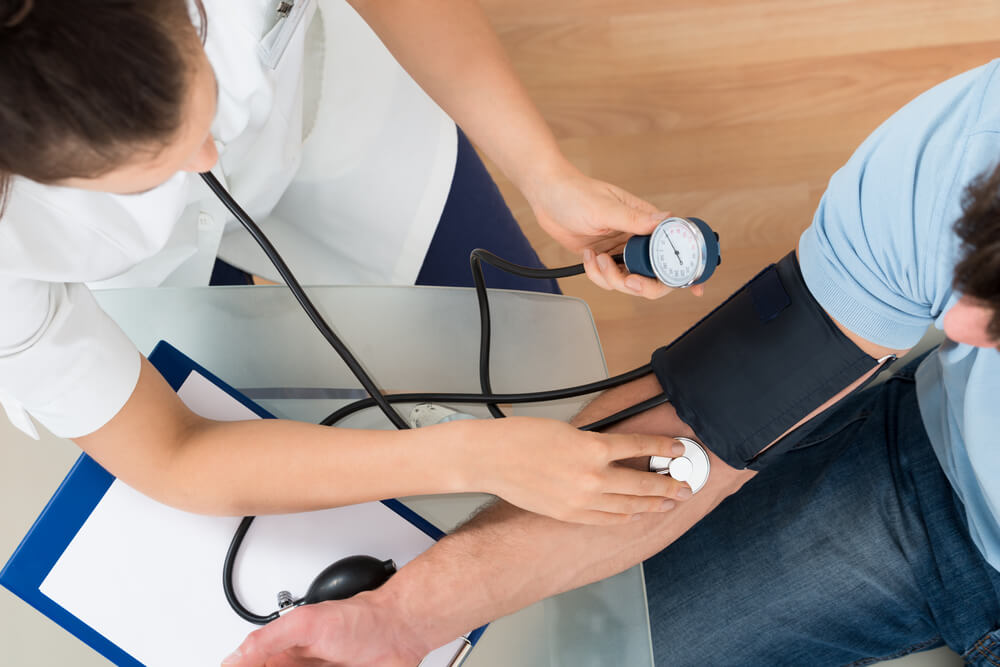
Balance Check
While checking your balance requires a bit of exertion, it may be worthwhile. Stand on a flat surface, folding your arms across your chest. Stand on your favored leg and raise the other foot on a few inches from the ground without resting it on the other leg. Time yourself to see how long you can maintain the position without losing your balance. Do the test one time with your eyes open, and one time with your eyes closed. If you can’t hold the position with your eyes closed, you may want to consider consulting a doctor. A study of 53 -year- old women and men found that those who could balance on one leg with their closed for over ten seconds had a lower risk of death in the 13 years after the study than those who could not.
Hair Check
While hair loss or thinning is normal, especially after 50, quick changes can indicate an underlying condition. If your hair loses density at a fast rate, over a rate of about three to six months, it may mean anemia, thyrhoid disease, or iron loss. Says dermatologist Chris Adigun, if you “notice more hair in your brush, in the shower drain, and on your pillow,” it may be a cause for concern.
Heart Check
A DIY heart check can be done by placing two fingers on the side of your windpipe. Count the beats for fifteen seconds and multiply that number by four. This should give you your beats per minute. A resting heartbeat of 60 to 100 is normal. If your heart rises at work, or when you think about work, it may mean that stress levels are high. High stress may lead to diabetes, heart disease and obesity. A rate exceeding more than 100 may mean a doctor’s appointment should be scheduled. Tachycardia, or rapid heart rate can be caused by anxiety, cardiac issues, to alcohol, among other factors.
Are you keeping tabs on your health? Let us know how your doing your DIY checkups and how they’re helping you!




